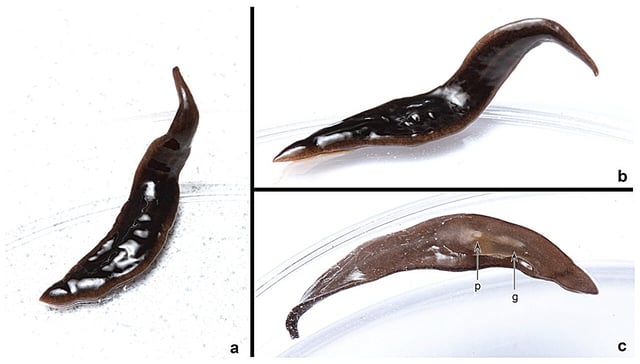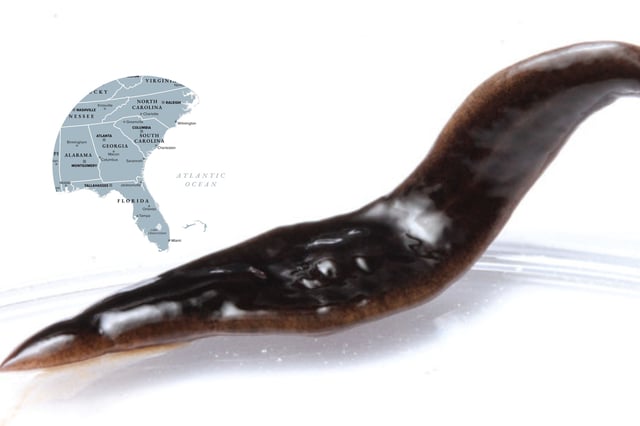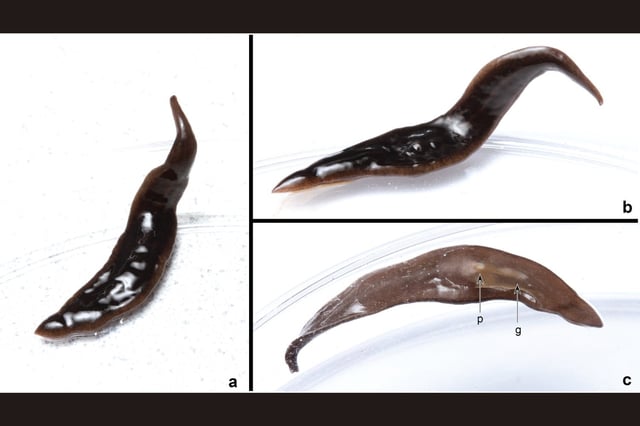Overview
- Amaga pseudobama was first spotted in North Carolina in 2020 and has since been found in Florida and Georgia.
- Researchers initially mistook the species for Obama nungara, an invasive flatworm from Brazil and Argentina, but later identified it as a new species through molecular analysis.
- The flatworm is brown, a few centimeters long, and resembles other invasive species, making it difficult to distinguish through photos alone.
- Amaga pseudobama preys on native invertebrates like earthworms, snails, and slugs, which could disrupt local ecosystems.
- Citizen science observations suggest the flatworm may have already spread to other southeastern states, with the invasion likely beginning over a decade ago.


